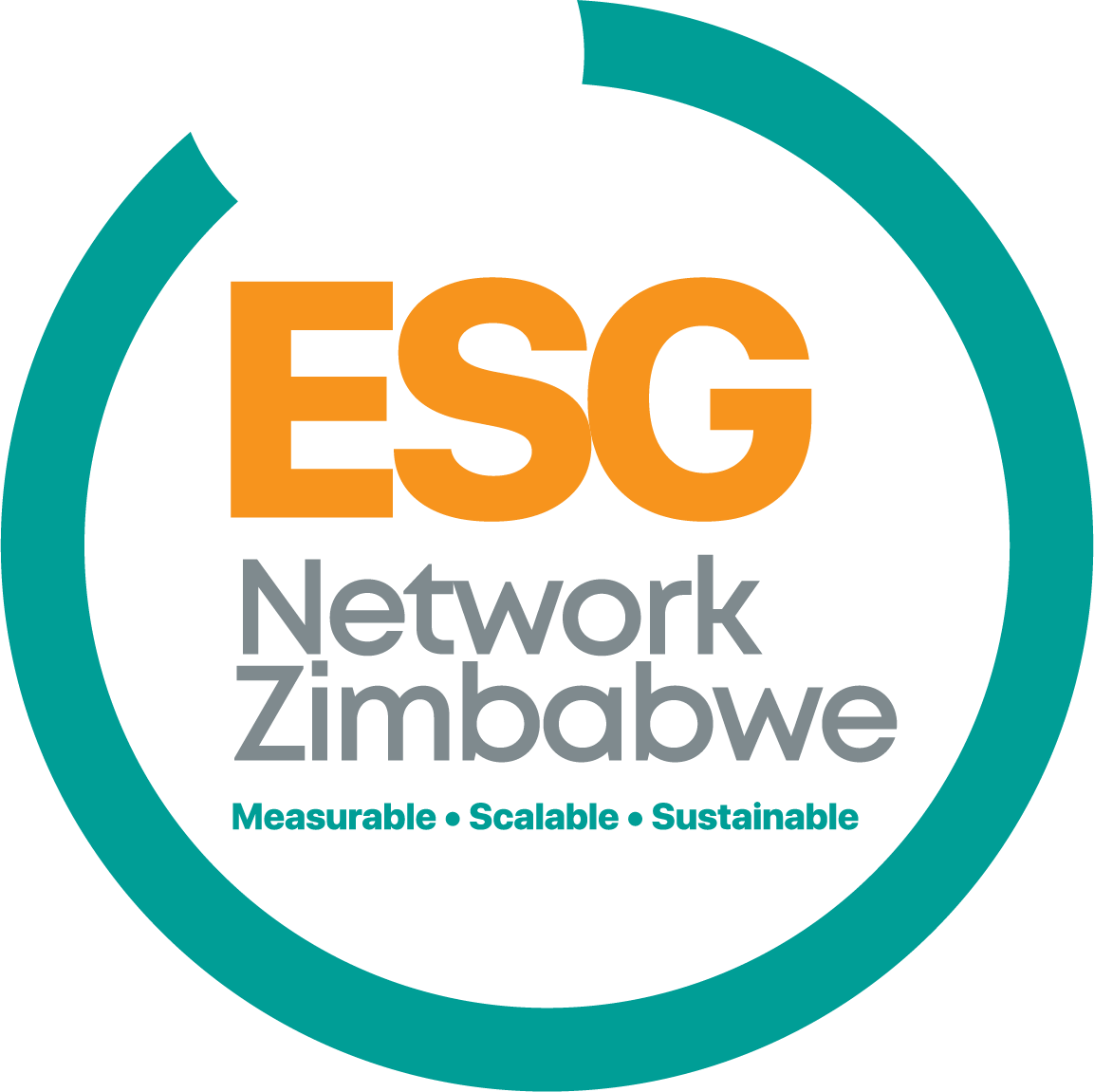Today and the coming week, our ESG Newsletter presents a critical 5-article series designed to equip organizations with actionable insights and best practices for fostering employee well-being and mental health. As we wrap up May, globally recognized as Mental Health Awareness Month, there’s no better time to deepen our collective understanding and commitment to this vital area of ESG.
The Foundation – Understanding Well-being and Mental Health in the Workplace
Headline: Beyond the Paycheck: Why Employee Well-being is an Organization’s Strategic Imperative
Dear Subscribers,
Welcome to the first installment of our special 5-day series, “Building a Resilient Workforce: Nurturing Well-being and Mental Health in the Workplace.” This week, we aim to provide valuable insights for your organization on a topic that is increasingly vital for sustainable success – the holistic well-being and mental health of your employees.
What Exactly is Employee Well-being for Organizations?
For any organization, understanding employee well-being means recognizing it as a multi-dimensional concept that extends far beyond just physical health. It encompasses a holistic view of an employee’s state across several key areas:
- Physical Well-being: Employees’ physical health, energy levels, and their capacity to perform work tasks safely and effectively.
- Mental & Emotional Well-being: Employees’ cognitive and emotional state, including their ability to manage stress, build resilience, and maintain emotional stability.
- Social Well-being: Employees’ relationships within and outside the workplace, their sense of belonging, and their ability to connect with colleagues.
- Financial Well-being: Employees’ financial security, literacy, and their capacity to manage economic pressures, which can significantly impact their focus at work.
- Career/Professional Well-being: Employees’ sense of purpose, opportunities for growth, and overall satisfaction derived from their work.
Organizations must recognize that these dimensions are deeply interconnected; a challenge in one area can significantly impact an employee’s performance and engagement in another.
Why Should Employee Well-being Be a Strategic Imperative for Your Organization?
Prioritizing employee well-being is not merely a moral obligation; it’s a strategic investment that yields substantial returns for any organization:
- Enhanced Productivity & Innovation: Employees who feel supported and mentally healthy are typically more focused, creative, and efficient.
- Increased Resilience: A workforce with strong well-being is better equipped to adapt to change, overcome challenges, and navigate periods of uncertainty.
- Reduced Absenteeism & Turnover: Investing in well-being can lead to fewer sick days, lower rates of burnout, and improved employee retention, saving significant recruitment and training costs.
- Stronger Engagement & Culture: A clear commitment to well-being fosters a more positive, supportive, and engaged organizational culture.
Addressing the Elephant in the Room: Mental Health Stigma
Organizations must directly confront the stigma surrounding mental health. In many contexts, including here in Zimbabwe and across Africa, discussions around mental health have historically been stigmatized, often seen as “personal weaknesses” or not suitable for the workplace. This can prevent employees from seeking vital support.
Forward-thinking organizations must:
- Educate & Normalize: Provide education to debunk myths and normalize conversations about mental health, treating it with the same seriousness as physical health.
- Acknowledge External Stressors: Understand that employees in our region may face unique pressures (e.g., economic volatility, social changes) that impact mental well-being, and acknowledge these realities in support strategies.
- Create Safe Spaces: Ensure that employees feel psychologically safe to discuss their mental health without fear of judgment, discrimination, or career repercussions.
Your Organization’s Commitment to Well-being:
This series aims to provide actionable insights for your organization. Over the next four days, we will delve deeper into:
- How organizations can identify signs of declining well-being and foster a supportive culture.
- The range of practical resources and support systems organizations can implement.
- The crucial role leadership plays in championing well-being initiatives.
- Building a sustainable, long-term commitment to employee well-being.
We encourage you to reflect on your organization’s current practices and consider how these insights can strengthen your approach to employee well-being.
Stay tuned for our next edition as we explore “Spotting the Signals: Fostering a Culture of Openness and Support.”
Stay Connected
Please contact us at on admin@esgnetworkzimbabwe.co.zw, or simply call us on 0774768895/ +263882900740.
Follow us on social media to stay updated on the latest ESG news, events, and resources.





